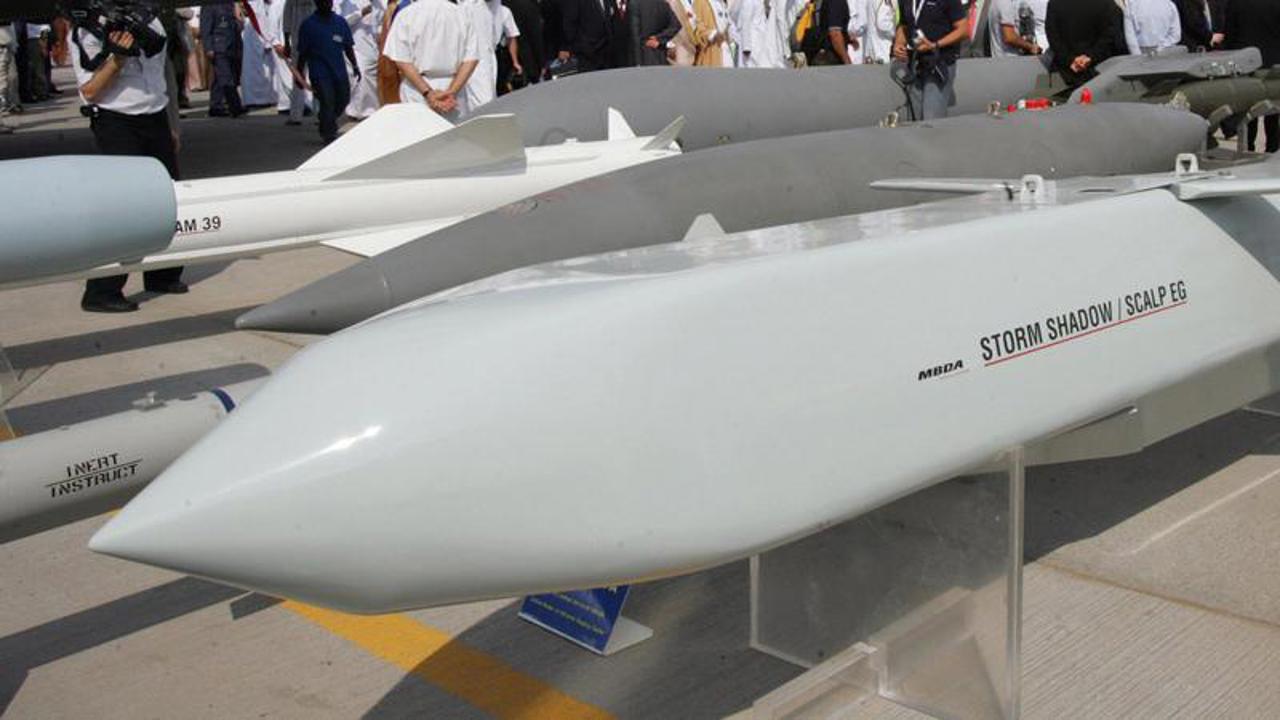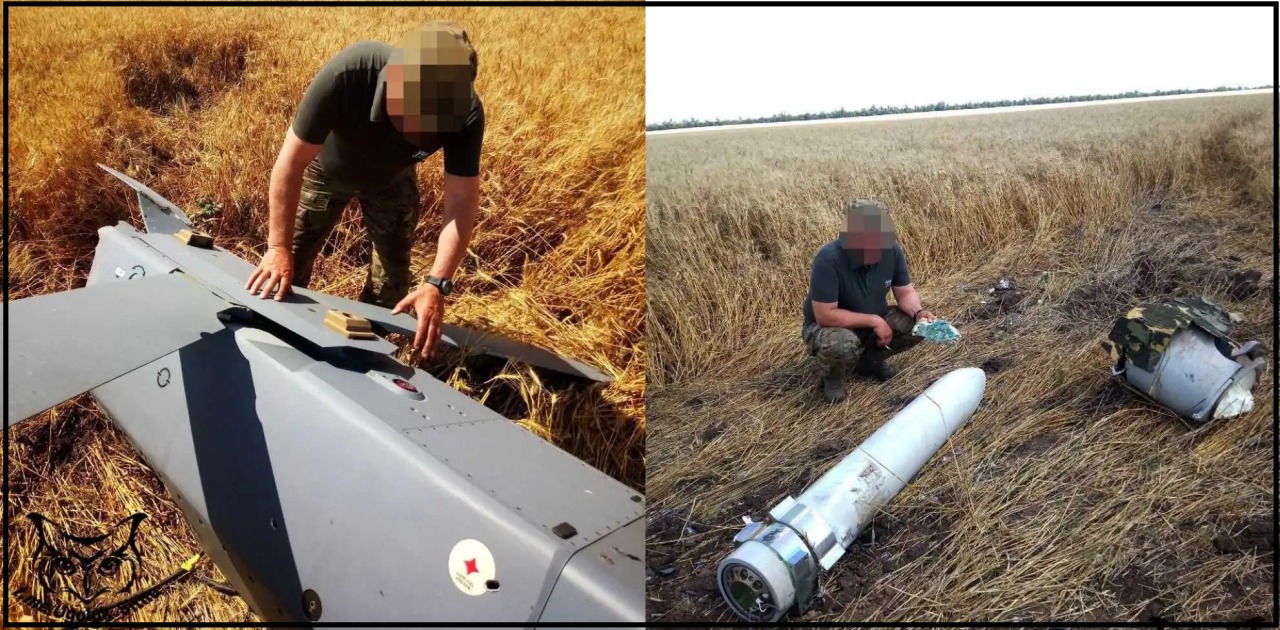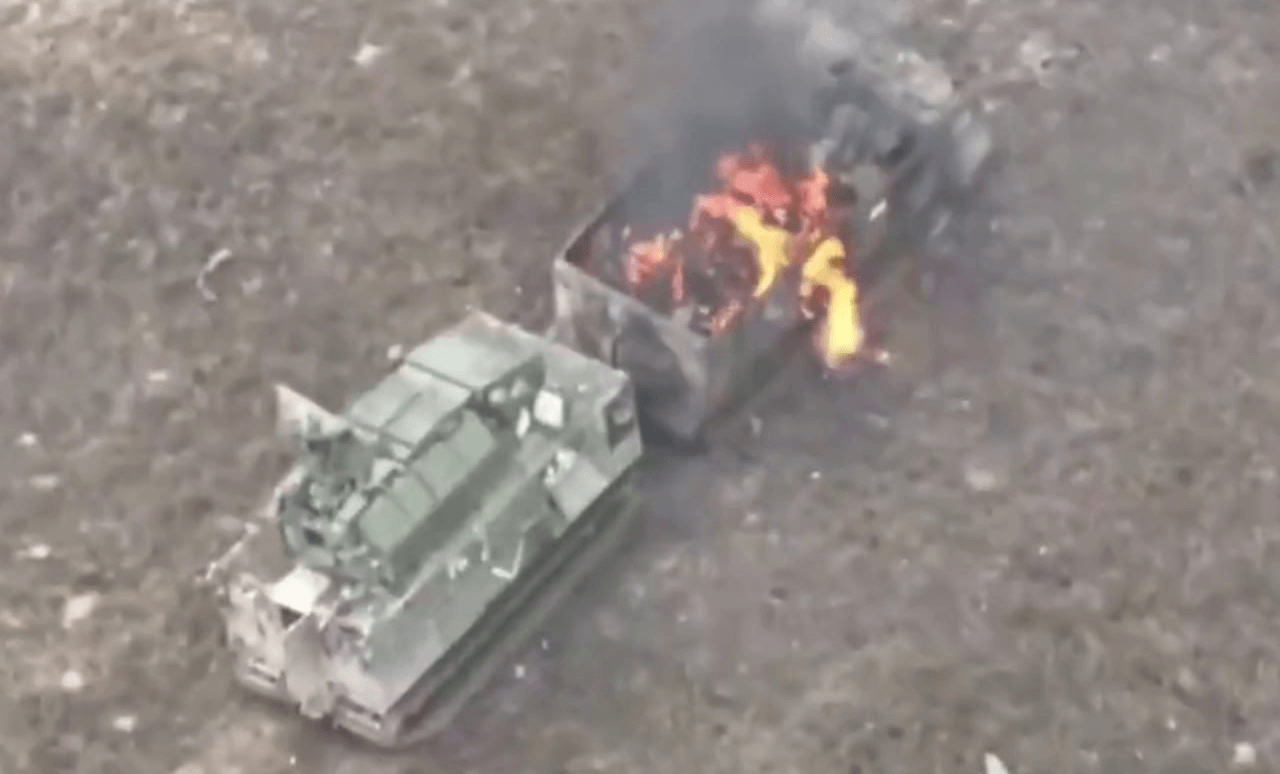Russian air defense crew of the Tor-M2 short-range defense system have identified the British-French Storm Shadow-SCALP-EG Air-Launched Cruise Missile (ALCM), manufactured by MBDA, as a very “difficult” target to intercept, owing to its unconventional flight trajectory.
They claim to have found some solutions to shoot down the missile, according to reports from Russia. The missile’s most significant success was destroying Russia’s Black Sea Fleet (BSF) headquarters on September 22, 2023.
With France recently announcing more SCALP-EG transfers to Ukraine, the missile’s menace is far from over. The revelation, therefore, warrants a focus on Ukrainian and Russian tactics while firing and shooting down the rocket.
Ukraine’s Storm Shadow Tactics
The Russian Ministry of Defense (RuMoD) claimed on January 22-23 that it intercepted six missiles near Ivanovka in Kharkov/Kharkiv. On January 5, it claimed eight Storm Shadows, taking the number of blocked rockets to 14.
The shootdowns included 107 High Mobility Artillery Rocket System (HIMARS) projectiles, Olkha missiles, three AGM-88 High-Speed Anti-Radiation Missiles (HARM), and 253 UAVs.
December 31, meanwhile, saw a Russian “high-precision long-range air-based weapons at airfield infrastructure” where Ukraine stored Storm Shadow missiles, among other ordnance.

An Izvestia report claimed that the Russian military, on January 12, destroyed two ADM-160 MALD missiles. The unique missile – which the US did not officially announce it was sending to Ukraine last year – emits electromagnetic and radio waves that mimic aircraft’s radar signatures. This is to bait ground-based air defenses to activate their radars and reveal their location.
Thus, Ukraine may use Storm Shadows in coordination with the Suppression of Enemy Air Defense/Destruction of Enemy Air Defense (SEAD/DEAD) strikes. MALD is fired first, succeeded by the AGM-88 HARM from its MiG-29 or Su-27 jets, followed by Storm Shadow from Su-24 Fencers and kamikaze drones. It hopes to destroy the radar first and then release Storm Shadows on land targets.
The “decoy” missile deploys folded wings, and a GPS-enabled inertial navigation system (INS) keeps the MALD on the “programmed course,” said a RIA Novosti report. “The pilot can change it any time, right up to launch.”
With a single MALD costing a whopping US$300,000, Ukraine employs them only against the “fattest” targets. Russian anti-aircraft gunners, therefore, rarely come across MALD. The MALDs are suspended on launchers in groups and are usually fired in coordination and intervals, depending upon the tactical situation and the targets.
Why Is Storm Shadow Difficult To Intercept?
The roughly 300-km-range Storm Shadow/SCALP-EG Air Launched Cruise Missile (ALCM) missile is pre-programmable before launch, where target coordinates are fed on the ground. Ukraine already has a meager air force and faces continued surveillance by Russian fighters like the Su-35S and Su-30SM beside Russia’s ground-based air defense.
Ukrainian pilots would, therefore, naturally not have the time to follow launch procedures that would require acquiring targets and then firing the missile. The rocket flying on a preset path and waypoint and not receiving mid-course updates from the launching aircraft makes it hard to jam with electronic warfare.
The missile follows a low flight profile at low altitudes with a terrain-hugging maneuvering. It indicates that the Storm Shadow is also programmed to make a last-moment maneuver involving a short, steep climb and diving down into the target.
It is unclear if it also maneuvers and changes direction throughout its journey after launch, but that possibility cannot be discarded. “We don’t encounter them often; it’s a challenging target,” said the Russian operator of the Tor-M2 missile.
“The mark on the radar screen appears at the last moment, so there is little time to respond. Russian specialists have come up with ‘tricks’ that make it possible to combat the missiles effectively.”

The Digital Scene Matching Area Correlator (DSMAC) system kicks in during the missile’s terminal stage when it makes that climb. At this point, the rocket discards its nose cap. It exposes an electro-optical and infrared (EO/IR) seeker that rapidly matches the target with the pre-loaded image inside while hurtling down for a collision.
Thus, the missile can only be “intercepted at the final part of its trajectory, when it gains altitude before the attack,” the Izvestia report added. It has a 450-kg penetrating warhead that drives through buildings and hardened structures before exploding.
Russia has also managed to capture a Storm Shadow missile in relatively intact form in July 2023. It would primarily be interested in studying and reverse engineering the DSMAC technology.
Other systems of interest include the “inertial navigation unit, GPS correction module, target selection controller, power controllers, rocket battery, digital fuel supply circuit, as well as design features of shielding of the engine integrated into the rear part of the engine nacelle,” a RIA Novosti report said.
Tor-M2 Short-Range Air Defense System
The Tor-M2 is a quick-reaction short-range surface-to-air missile system mounted on a wheeled or tracked chassis, carrying a box container that holds eight 9M331 and 9M332 missiles in two rows of four. The box turret has both an integrated tracking and surveillance radar.
The missiles are vertically launched through a cold launch and then change direction towards the target with thrust vectors in the nose, pivoting it to the desired azimuth and pitch angle. It has a command guidance link with the ground launcher through antennas and a receiver in the tail and the mid-section.

Storm Shadow Menace Far From Over
However, Ukraine could be running out of Storm Shadows/SCALP-EG missiles. This is based on last week’s French announcement that it is sending 40 more such units to Ukraine.
President Emmanuel Macron said the next delivery will include “hundreds of other bombs and other sophisticated weapons in the next few weeks as a part of a new deal.” Thus, the Storm Shadow/SCALP-EG menace is far from over for Russia.
Macron added that a Russian victory in Ukraine would go against international law and said that “we cannot let Russia win, and we must not do that,” the Associated Press reported.
He also said he would work with former US President Donald Trump, assuming he comes to power in the next elections, not to deprioritize Ukraine.
Trump has long promoted reconciliation with Russia and has been against continuing to fund the North Atlantic Treaty Organization (NATO) or arming Ukraine for its war with Russia.
- The author can be reached at satamp@gmail.com
- Follow EurAsian Times on Google News




